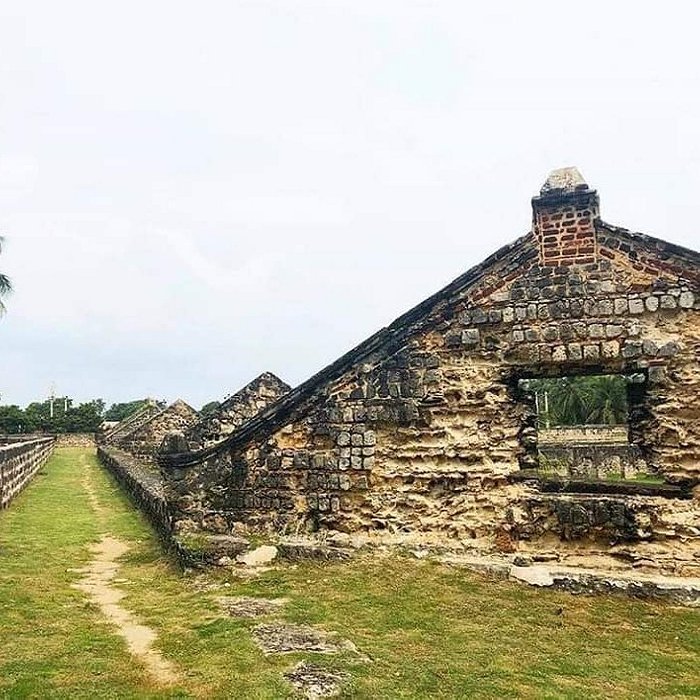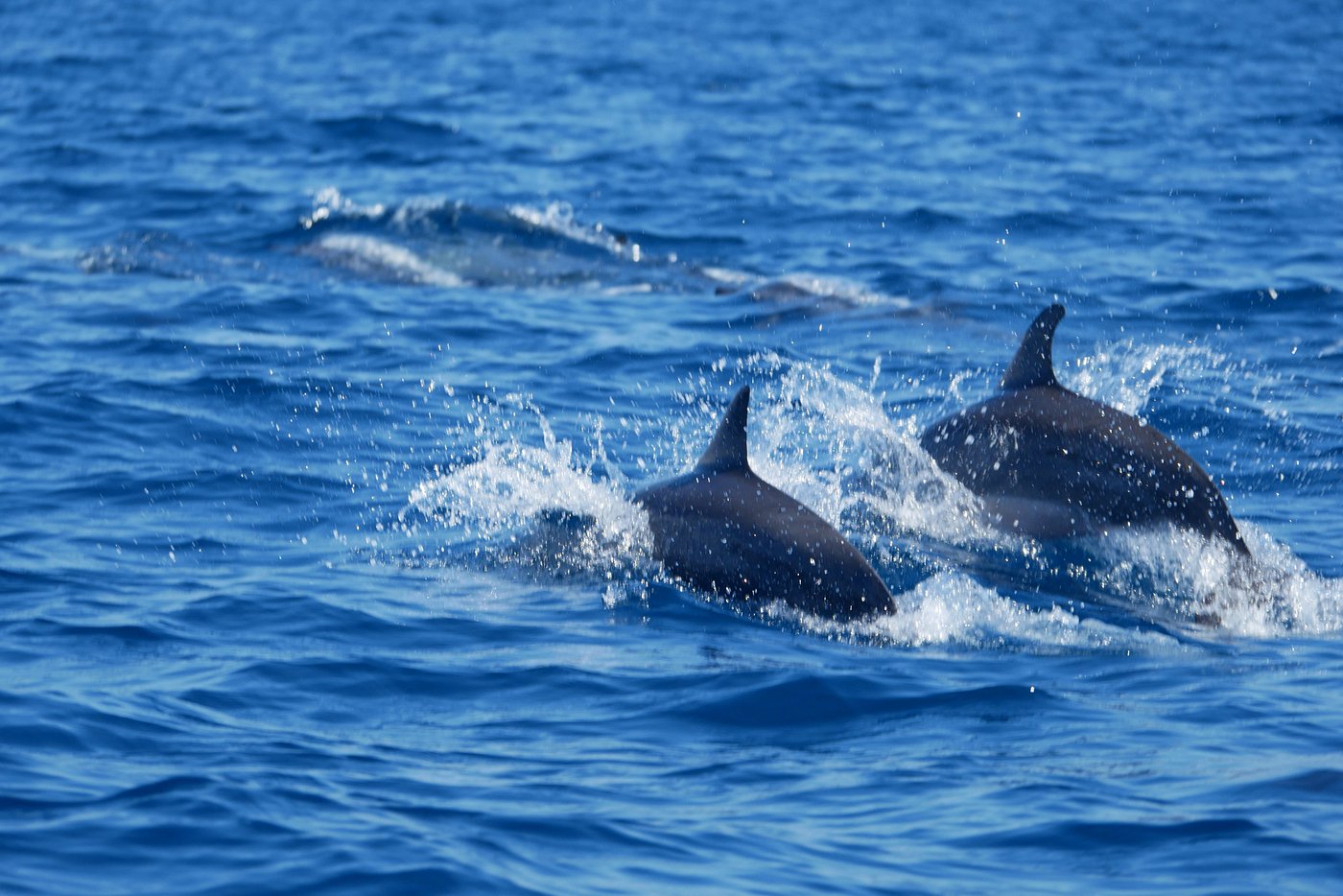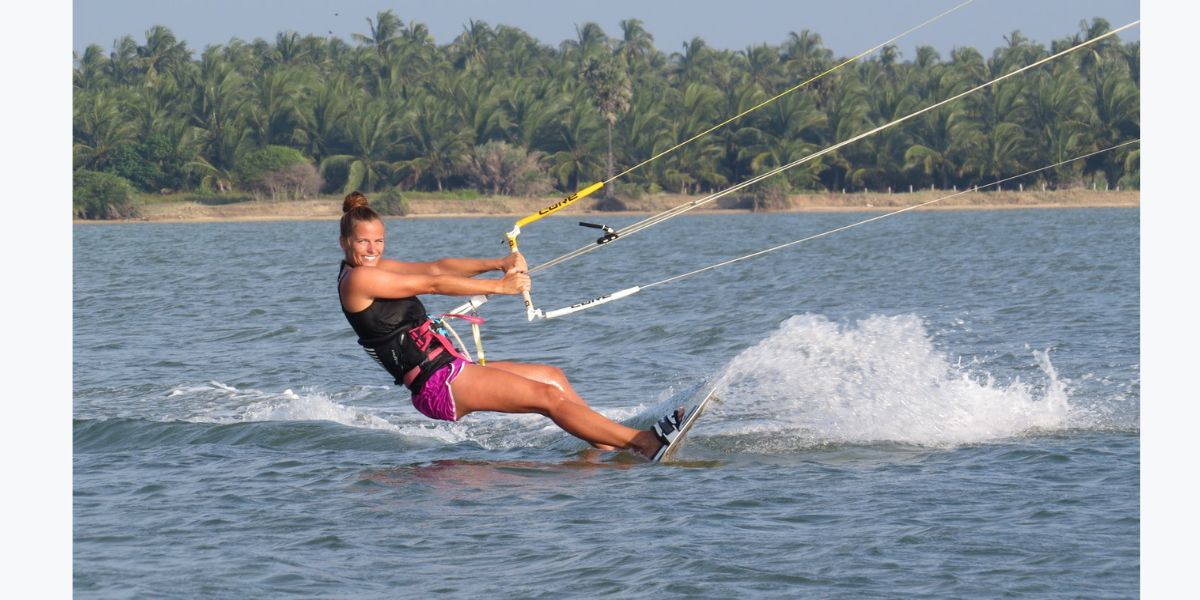KALPITIYA
Kalpitiya is situated in the district of Puttalam, Sri Lanka’s northwest province. It is known for its beauty of serenity. It’s made up of 14 islands. It has an area of 16.73 km2 in total. Kalpitiya’s people are mostly fishermen. The peninsula of Kalpitiya is famous for kitesurfing and dolphins, often jostling and playing in the offshore waters of schools of hundreds. Relatively recently, thrill-seekers and nature lovers discovered what was once a quiet rural backwater, now expanding rapidly as a top tourist destination.
ATTRACTIONS IN KALPITIYA

DUTCH FORT
The Dutch constructed Kalpitiya Fort between 1667 and 1676. Kalpitiya was important because Puttalam Lagoon commands the entrance to the adjacent bay. The surrounding region of Puttalam was one of Sri Lanka’s main cinnamon growing fields. The Dutch even built a canal to transport cinnamon from the area from Puttalam via Negombo to Colombo.
The fort is almost square in shape, with walls about 4 m (13 ft) high, built from the surrounding area out of coral and calcareous. It has a single entrance facing the lagoon, which has a pediment, above it a belfry, and looks like a church entrance.
The yellow bricks that comprise the entrance arch were reportedly brought especially from Holland. The story is that the King of Kandy had only granted permission to build a church here and that the Dutch had built the arch to mislead the King into believing it was just a fortified church.

DOLPHIN & WHALE WATCHING
Enjoy amazing whale watching trip in Kalpitiya, Sri Lanka-one of the region’s finest sighting locations for sperm whales and blue whales. One of tourist’s main reasons for visiting the Kalpitiya area from November to March is that you will see 1000 dolphin pods. Early morning dolphin watching tours are performed. Bottlenose, Risso and Indo-Pacific are the most common spinner dolphins. Humpback dolphins are frequently watching.

KALPITIYA KITESURFING
Kalpitiya is the country’s nominally best kite surfing location. The summer kite surfing season is during the southwest monsoon from May to October, while the winter season is during the north-eastern monsoon from mid-December to mid-February.
